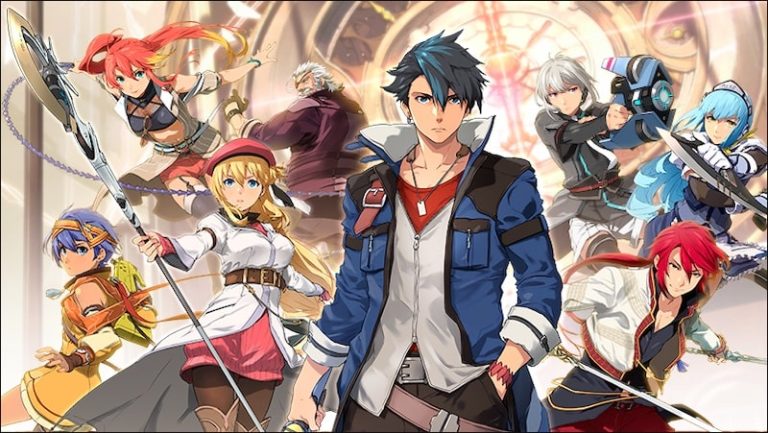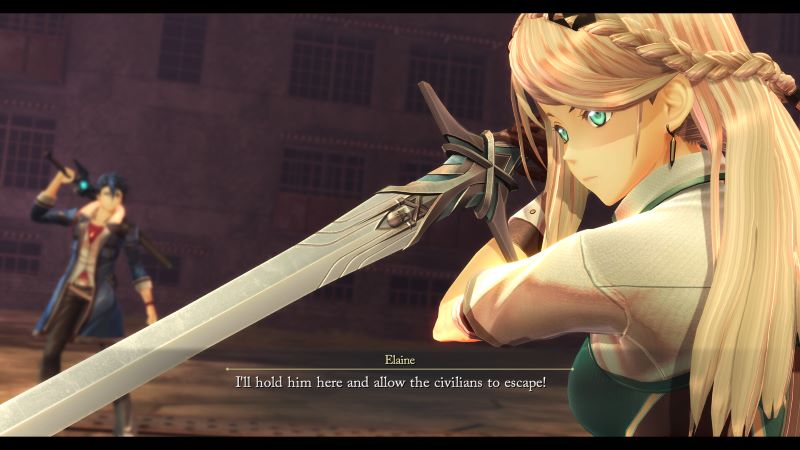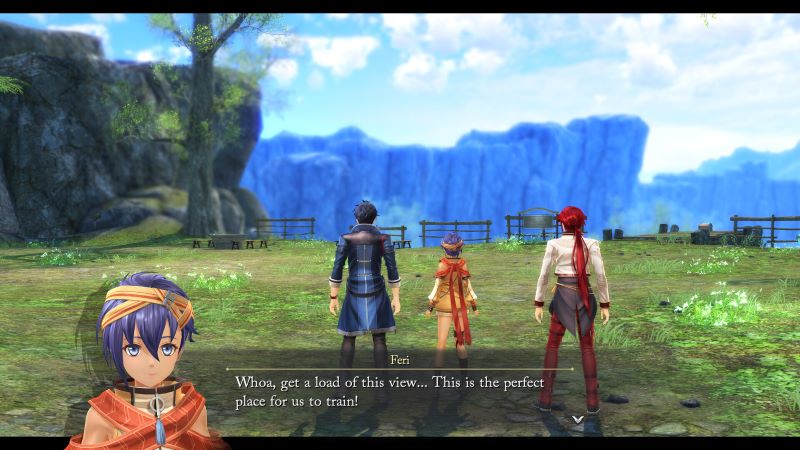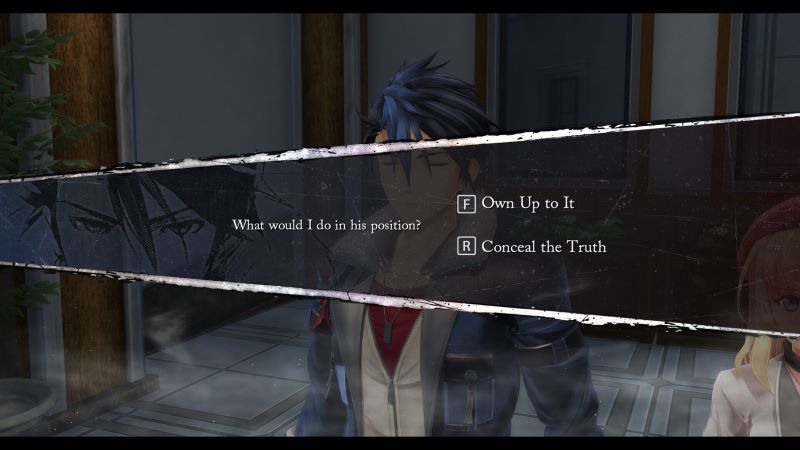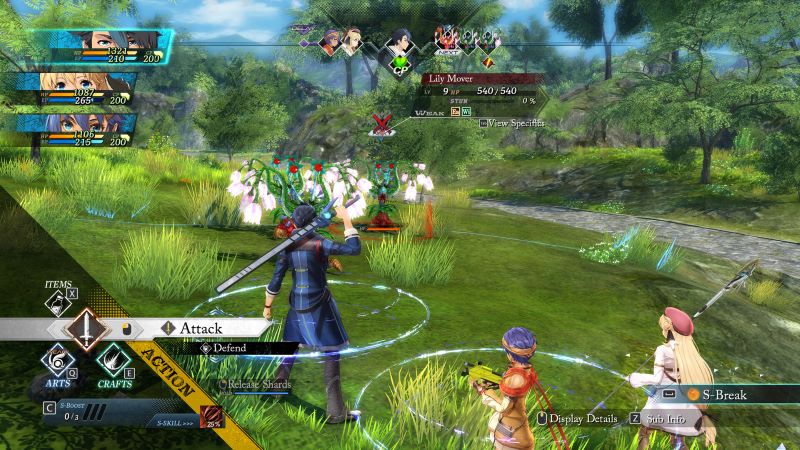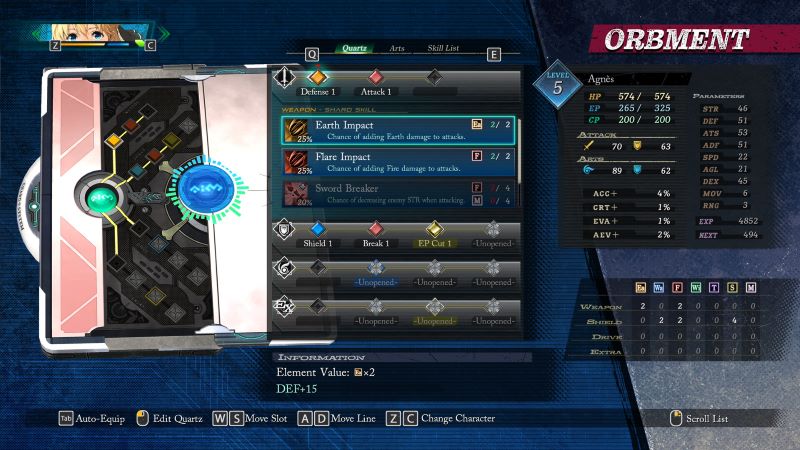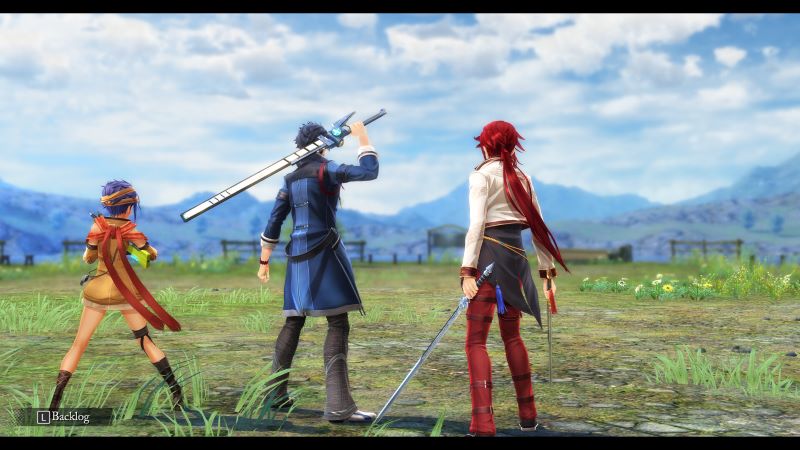The Legend Of Heroes: Trails Through Daybreak PS5 Review – The Legend of Heroes franchise is one of the longest-running modern-day series, spanning over eleven full titles since its debut in the west back on the PlayStation Portable twenty years ago. Though the first three titles were stand-alone, it wasn’t until Trails In The Sky that the franchise took off and spanned nine titles that have been interconnected, spanning a massive story that’s taken well over ten years to tell.
The Legend Of Heroes: Trails Through Daybreak PS5 Review
A Great Start To A Brand New Trilogy
Trails Through Daybreak takes place a little over a year after the events of Trails into Reverie and follows Van, a Spriggin who takes on shady quests that the Bracer guild or government refuses to take on in the Calvard Republic. Along with the rest of his party, Van is thrust into a quest to find relics that hold a mysterious power.
The story in Daybreak isn’t going to move mountains, especially since this is the first game in a trilogy, but it does a great job setting up the major players and getting the story ready for what looks to be an engaging story. The best thing about Daybreak’s narrative is its characters.
The smaller cast allows each character to shine and have a significant role in the story, a positive change from the Cold Steel series, which had a vast cast that didn’t allow every character to shine.
Building On What’s Already Great
Calvard tries to set itself up as a vastly different nation, but it’s mostly the same as the Erabonian Empire. The homes and transportation used aren’t that different. The many locations this time are much more significant, allowing you to explore more of the cities and towns under the Calvard Republic.
Unfortunately, the structure and pacing have remained unchanged from previous titles. You start each chapter by having to complete side content, earning enough points to move on to the main story objective. This doesn’t always happen, but it slows the game down when you’re forced to take on side objectives before moving on to the main story.
Taking on requests is the bulk of questing here. Thankfully, these quests, aside from hunting down a specific monster, have a fun story, and none of them feel like fetch quests. These quests range from finding out who was responsible for a terrorist attack twenty years ago to stopping a stalker pretending to be a family member.
Choices Don’t Matter As Much As They Should
One new feature is the LGC alignment system. As you complete missions, Van will have the option of what to do at the end of some of these. Do you choose to turn over the thief to the authorities or blackmail him for a future job? These decisions will cause your LGC to change based on these factors: Law, Gray, and Chaos.
This system seems fun initially because it fits Van’s personality no matter what you decide. The issue is that they don’t impact the main story. There are moments toward the end of the game where your alignment determines the voices you can select, but ultimately, it doesn’t have an impact because the scene will still play out the way it was designed to.
Outside of the main story, there is plenty to do: going to the movies and inviting party members to strengthen your relationship with them, giving you permanent passive boosts, or completing personal hang-out events, delving even deeper into each character’s history and backstory.
Easily One Of The Best RPG Combat Systems This Year
Combat is the shining star of Daybreak and a breath of fresh air. Daybreak is both an action-RPG and a turn-based RPG simultaneously. Enemies appear in the field, allowing you to attack them like in past titles. The difference is that you can defeat your opponents by attacking them through the game’s action combat.
Instead of entering a turn-based encounter, you can keep striking enemies and dodging their attacks like in an action game. It’s not NeiR or Devil May Cry, but it gets the job done when you don’t want to spend time going through the slower turn-based battles.
Players are able to combine the two different systems. You can start attacking an enemy, chip away at their health, and then do a charged attack to stun them. Once stunned, you can quickly enter turn-based combat with the press of a button, unleash an extra attack, and go into the battle with the enemy stunned, giving you an advantage.
Once you begin turn-based combat, a few quality-of-life improvements help speed the combat. This time, you can quickly see how each attack will be performed. If an attack has a cone radius, you can see it on the side of the ability. You no longer need to inspect enemies to discover their elemental weaknesses, as the information is already provided.
You can move around the battlefield depending on how much movement your character has and quickly select arts attacks or craft attacks with the press of a button. You can attack however you wish, but they become linked if you’re close to a teammate based on a radial circle that appears around them.
When attacking with a normal attack, the linked party member will also attack, eating a combo attack; if you use an Art or a Craft, you’ll gain a bonus based on the linked party member Master Quartz and what passive benefit it provides. During combat, you’ll also gain an SP boost. This is determined by three gauges that you can expand using specific skills or even your ultimate. The SP boost is essential because it enhances your ability if you choose to use it.
You can boost the SP gauge multiple times to make an attack more powerful. It’s also the only way to use your S-Craft. At first, I didn’t pay much attention to the gauge, but eventually, I saw its benefit, especially regarding boss battles.
Animations for many of these attacks are top-notch, making Daybreak feel like a proper AAA title. The S-Crafts before were great to look at. Now, they look spectacular.
A Much Needed Upgrade To The Quartz And Orbmant System
The most significant change is that Arts (magic attacks) are no longer tied to the quartz you can equip; instead, you can unlock arts drivers for your Orbment system to equip whatever art you want. The ornament system itself has had another change. Quartz no longer dictates what skills and abilities you can equip.
Each of your character’s Orbment systems is set up in multiple lines that provide various stats. One line is dedicated to attack, while another is defense. Each line also features specific elemental slots where only a particular element can be placed. Other slots are free games.
You’ll gain offensive or defensive skills depending on what you equip yourself with and on what line. It’s a unique system that I prefer over previous titles. As always, you can change your Master Quartz, which gives different options, but I stuck with what I started with for most of the game.
A Decent Looking Game With Great Animations And Voice Acting
The game looks great on the PS5, but it still seems dated today, as it was released three years ago in Japan on the PlayStation 4. As such, it’s not the best-looking title out there, but it’s still solid enough. It’s also the first title in the Trails franchise running on a brand-new in-house engine, and it shows. The character models and environment look great, but notable pop-up issues and fog are in the distance.
Sound design is another big question mark for me. Though the soundtrack is excellent, and the music is another stand-out for the franchise, the voice work left me a bit puzzled. The dialogue itself is excellent, but it’s so sparse it becomes borderline confusing.
There are many scenes where characters are voiced, but then the conversation turns to text. Then again, in the middle of the scene, a character voices a couple of sentences and then goes quiet again. Again, it’s a baffling decision that has plagued the series since Cold Steel.
Trails Through Daybreak is easily one of the best entries in the franchise and one that you don’t have to play through past titles to enjoy. Sure, some moments are referenced, and some characters make cameo appearances, but it’s not something that people will lose sleep over for not playing.
A refreshing beginning for a long-running franchise is precisely what the Trails franchise needed. Daybreak provides the best combat in the franchise, fantastic writing and character development, and a world that I want to keep returning to. Trails Through Daybreak is the perfect title for franchise fans, but it is a great entry point for fans to jump into.
The Legend of Heroes: Trails Through Daybreak releases on PS5 & PS4 on July 5, 2024.
Review code kindly provided by PR.
